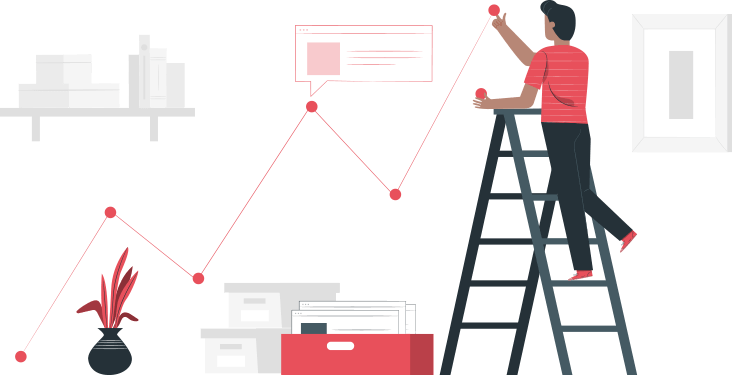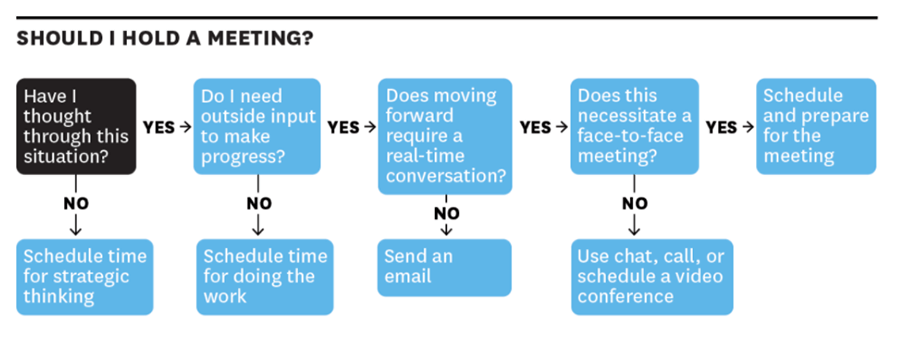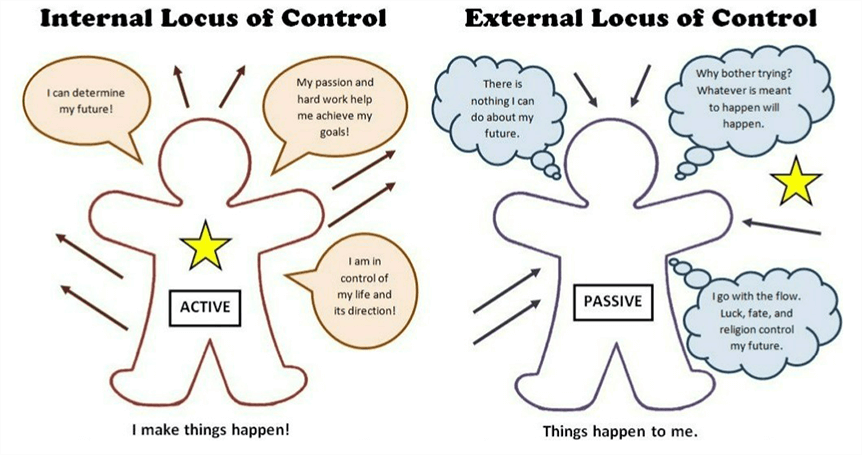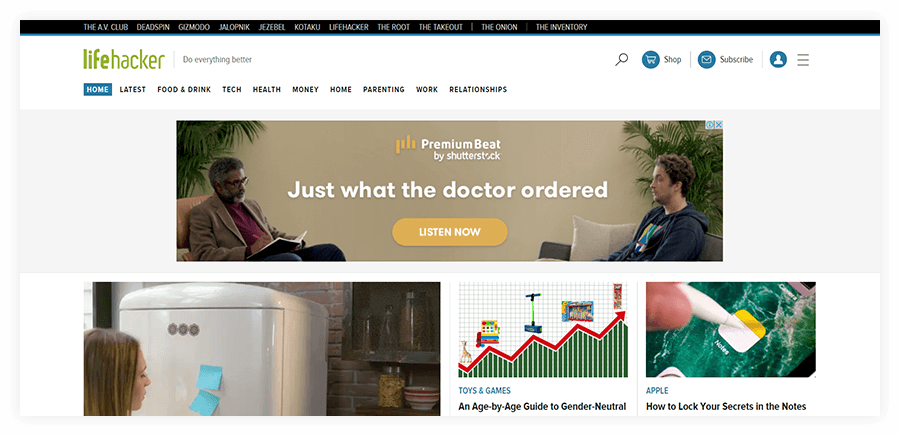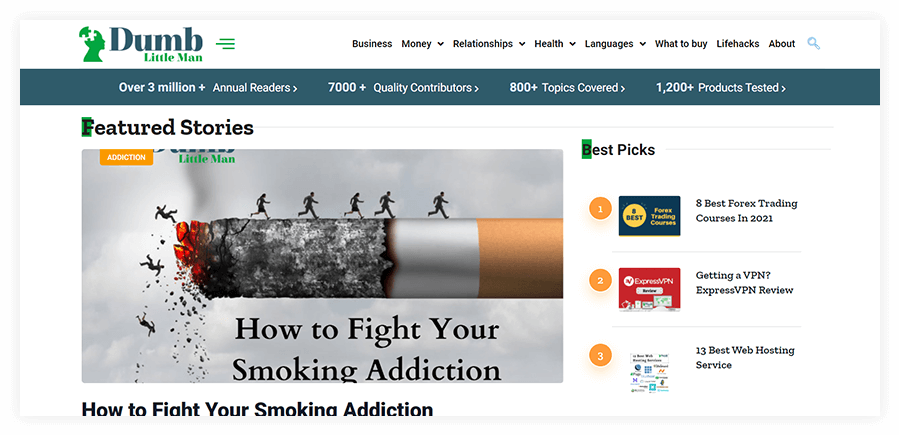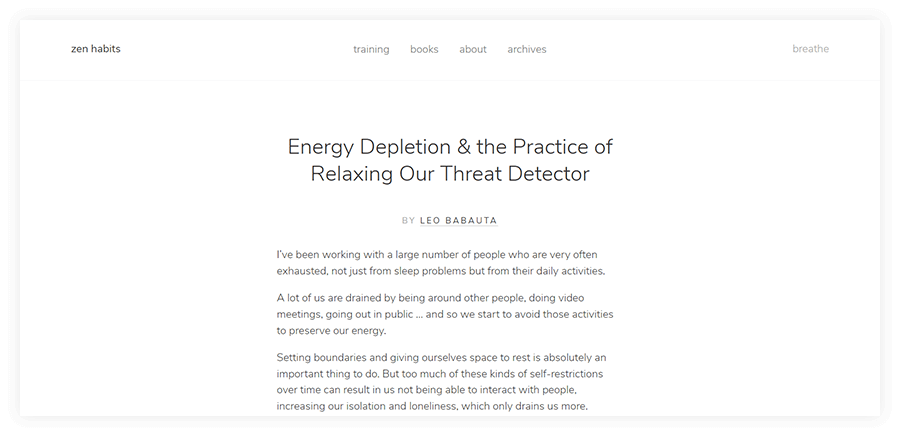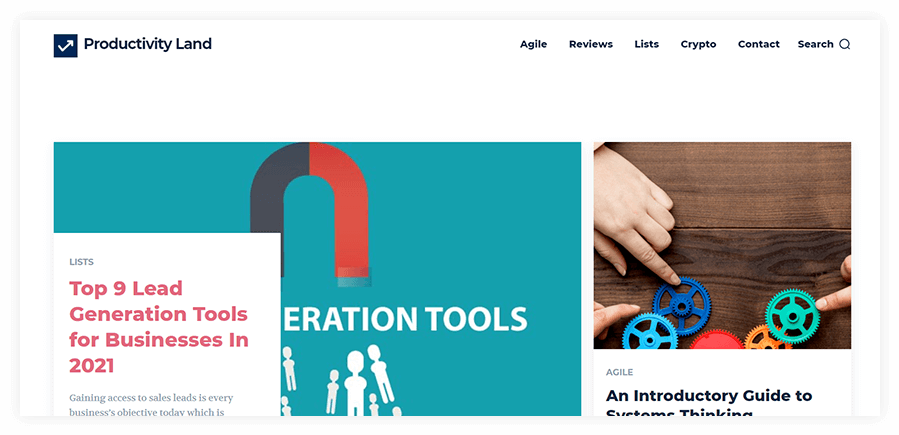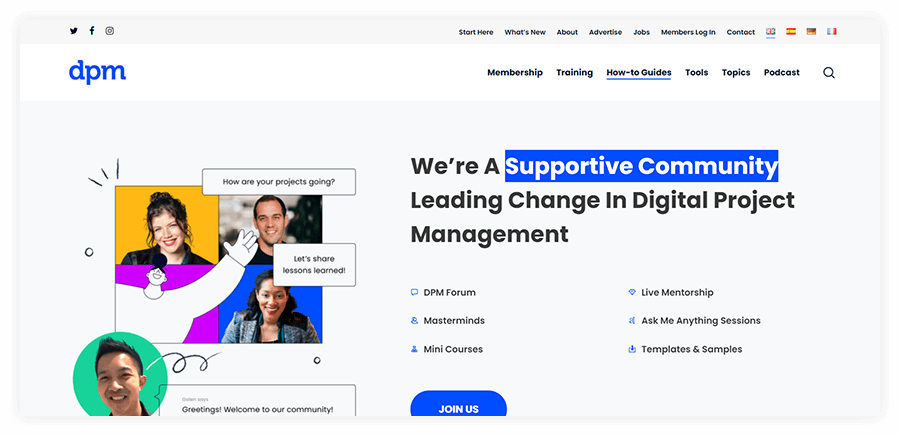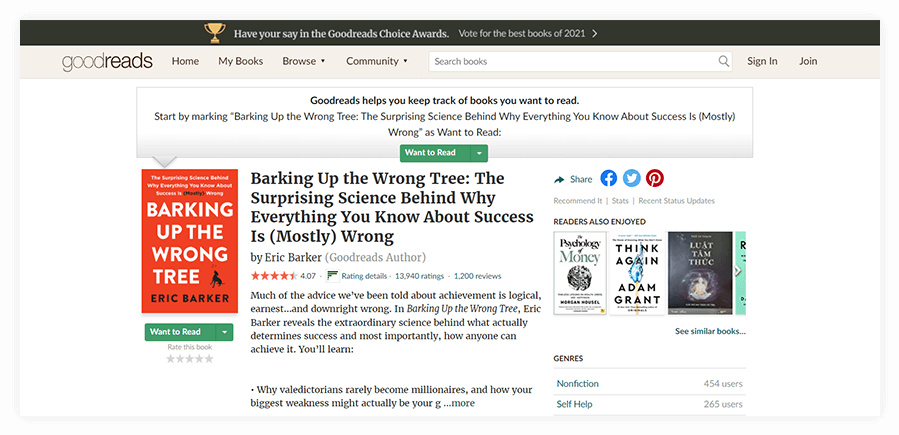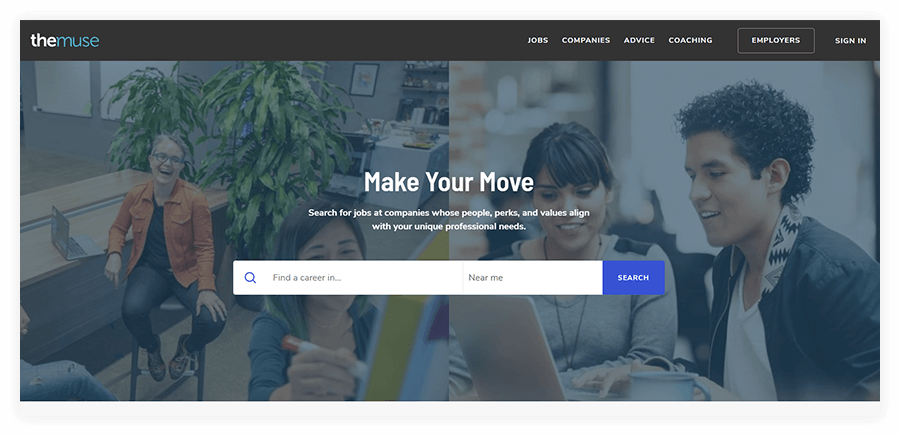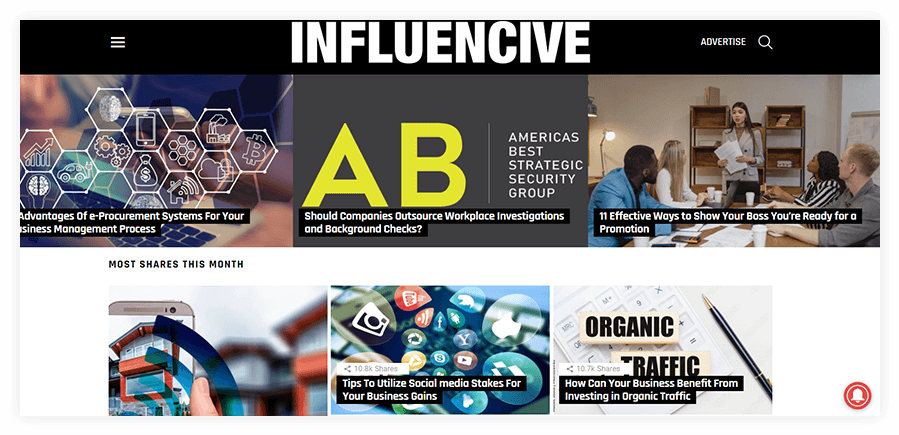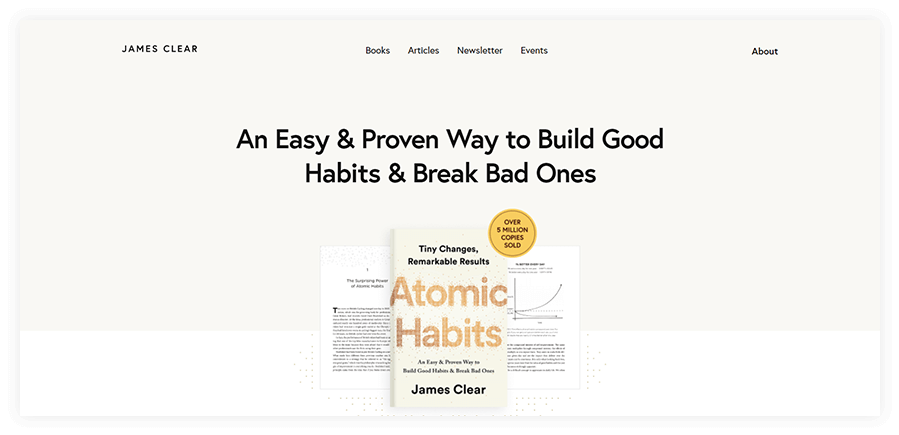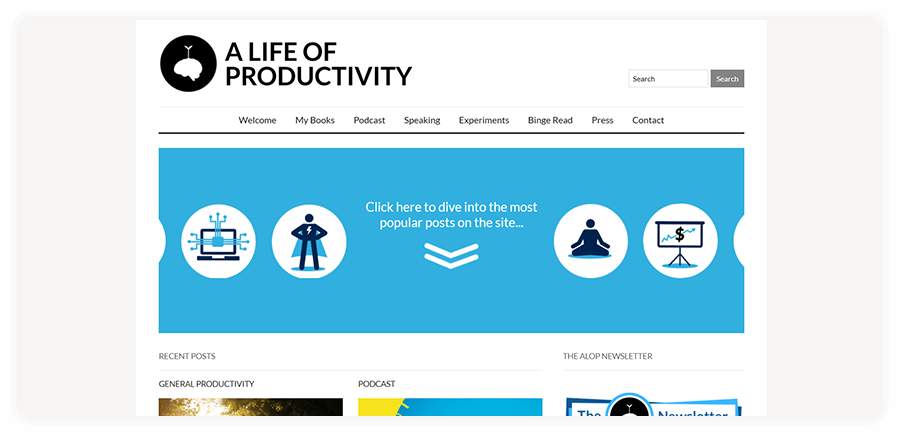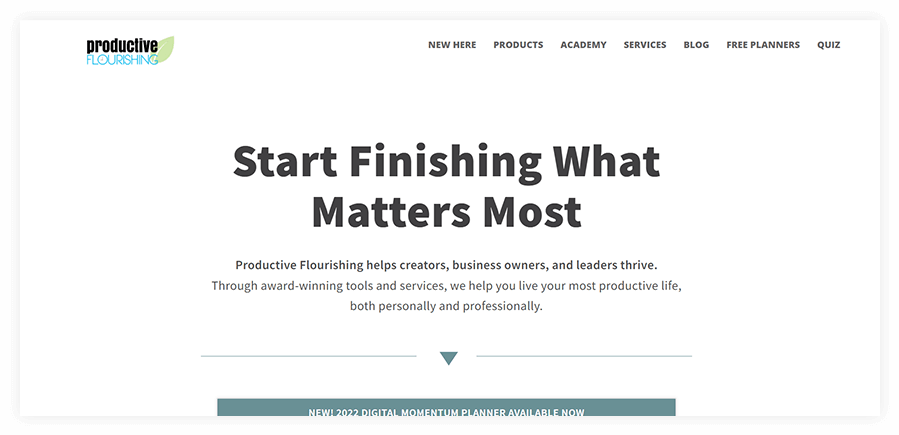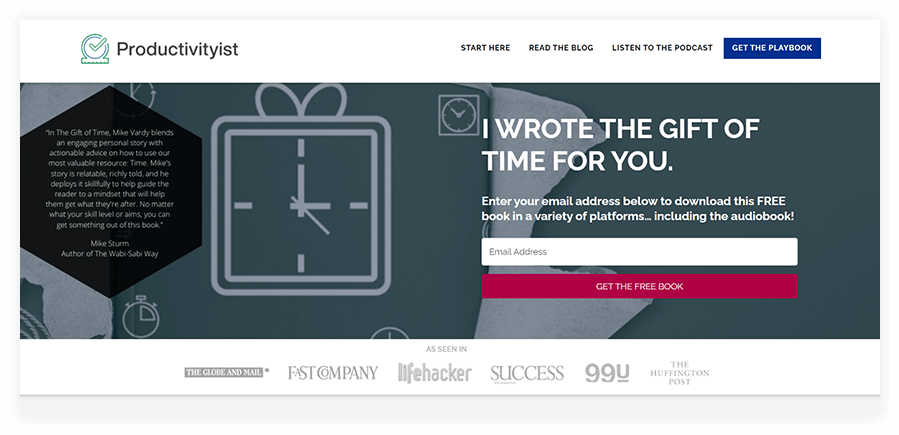Do you remember those ball cages they used to have on the playgrounds at fast food franchises? You’d jump into a pool of colorful plastic balls, then sink helplessly until nothing but your arms and legs showed above the surface.
Navigating conflicting priorities feels a little like one of those pools. It’s a sinking sensation, and there’s nothing to grab onto as you flail around, trying to figure out where to start.
It’s not unusual to have a day or week when there’s just scads of things to get done—and only a teensy amount of time in which to do them. These days leave anyone with a sense of failure, as you’ll inevitably leave tasks half-finished, dishes unwashed, and laundry hampers full.
It’s also common to have conflicting priorities with people in our lives: a significant other or teammates at work. This sort of conflict is fodder for resentment and strife.
Wouldn’t it be wonderful to have perfect clarity and agreement about what needs to get done, and plenty of time in which to do it? It’d create so much calm in our lives, and free up brain space for creative thinking.
The good news is that you can achieve this clarity! By taking the right approach to handling conflicting priorities, you’ll be sailing rapidly through the tasks of your day in no time.

Overwhelm & Conflicting Priorities
Busyness is a condition that affects us all. If we really sat down and thought about it, most of us would come up with at least seventy things we could be doing right now. And the list would take at least two weeks to complete.
Sometimes, everything seems to come all at once. Confronted with a myriad of pressing needs puts us in a state of fluster. We’re left feeling really, really busy…but not actually completing anything!
Here are some methods for keeping on track by finding clarity amongst all our priorities.
1. Take a Step Back
When we’re in a tizzy over what to do with our time, it’s often because we’re looking at things in close-up.
Scaling back to an aerial shot provides greater visibility over the situation. Panning into the days and weeks ahead increases the visibility of our timeline.
Getting out of the weeds and minutiae means asking simple questions like “What do I need to get done today?” and “Which are the easiest things to do?”
From these wider perspectives, it’s possible to scribble out a sensible to-do list that ranks everything from least to most important.
2. Develop a Strategy
Planning is such an integral part of handling conflicting priorities. Just taking some time to look everything over helps to ease stress.
Sometimes planning your day takes just as long as some of the things on the list! But that’s ok. A day that’s well-planned saves time and energy: you’re not having to think about what to do, and when to do it. The execution has already been determined.
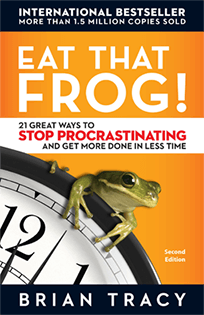
According to Brian Tracy, author of Eat that Frog: 21 Great Ways to Stop Procrastinating and Get More Done in Less Time, it actually saves quite a bit of time:
“The good news is that every minute spent in planning saves as many as ten minutes in execution. It takes only about 10 to 12 minutes for you to plan your day, but this small investment of time will save you up to two hours (100 to 120 minutes) in wasted time and diffuse effort throughout the day.”
When laying out your plans for the day, week, or even the year, it’s important to allow time to breathe. If we jump from one activity to the next, it quickly leads to overwhelm and burnout.
Clarifying how long something takes, then adding an extra cushion, gives you the opportunity to press pause.
3. Think Laterally
Managing conflicting priorities is a bit of a riddle. Maybe your kids need dinner and your boss is expecting a report in his hands the next morning.
These sorts of conundrums leave you stretched. Solving them sometimes means thinking outside of the box.
Look to a friend or colleague who somehow manages to juggle it all. How would they handle the scenario?
Or brainstorm possibilities. Maybe working on the project piecemeal, in 20 minute snippets, is the answer. Having a pizza delivered is another way out.
Climbing out of fixed or traditional ways of thinking helps to manage conflicting priorities. Opening a window allows creative winds to blow in, and awakens us to possibilities we didn’t formerly realize.
4. Be Decisive
It’s easy to stall when we’re fretting over too much to do. Rather than figure out whether to pay the bills or go to the gym, it’s tempting to dilly-dally in the land of procrastination, with a good book or movie instead.
And then the pile of tasks starts to mount.
However, once you start knocking things off a massive to-do list, the cloud of overwhelm starts to lift. As each task is completed, you feel lighter and it’s easier to press on to the next thing.
That is, rather than vacillating about what should be getting done, taking decisive action is central to dealing with conflicting priorities.
And productivity often rewards us. After the end of a long day, we may find ourselves with a nice window for some leisurely reading after all.
In sum, overwhelm feels overpowering. However, managing conflicting priorities is something we can control. Using the right tools helps us to find clarity. And then it’s about taking decisive action.

Time Management and Conflicting Priorities
Do you ever have those exchanges with friends about how much you need to get together….and then it leads to nothing? Of course you do! We all have those conversations every day.
It’s so common, as well, to start off a New Year with a resolve to, say, start reading more….yet come February find that we’re so busy we don’t even have a chance to crack open a book.
Multi-tasking, sometimes, solves these sorts of priority conflicts. For example, rather than reading a book, it’s possible to listen to audiobooks on the commute to work.
But more often than not, we go from morning to night in a whirl of busyness, without finding any window to squeeze in the things we really want to be doing.
Here are a few methods for finding time for those priorities that keep eluding us.
1. Audit Your Time
Most days feel chock-full of activity. Yet, when looking back on any single day, it’s really hard to recall just exactly what we did, and even harder to remember how long anything took.
However, when we take a careful audit of just how we’re whiling away the 168 hours in each week, interesting patterns emerge.
Maybe we have a tendency to go down rabbit holes. Who of us hasn’t gone to the computer to check emails, and 90 minutes later realize we’ve done nothing but read click-bait articles and watch videos? And we haven’t even peeked inside the inbox!
Another huge time suck, it turns out, are things like trips to the grocery store, errands, and commuting in traffic.
Auditing time is a pretty simple process, really. First, build a spreadsheet with a row for each 30 minute interval of the day, and columns for every day of week. Then, every few hours during the day, using only a word or two, log how the time was spent. At the end of one or two weeks, go through and color code various activities, such as sleep, leisure, work, eating, social and errands. Finally, add up the total time spent on each activity.
Numbers don’t lie. After completing a time audit, most of us discover a time-wasting tendency, or even two. We may find that some of the stories we tell ourselves (“I am always working!” or “I never get to socialize”) aren’t entirely true.
This information empowers us to plan our schedules more deliberately. It’s easier to fit in those things we really want to be doing.
For example, waking up earlier to beat rush hour traffic opens up several hours each week. That’s plenty of time to fit in some leisurely reading. Or, consolidating errands and trips to the grocery store frees up time to meet friends.

2. Offload
It’s easy to get caught up into a pattern of thinking, “Everyone is busy, so I must do this” and “I must do this myself.”
One of the hardest words to use in the English language is that tiny little word, “no.” But sometimes that’s the only way to fit in those other things that need to get done.
When dealing with conflicting priorities, the solution often entails offloading. Ask yourself why you’re doing certain things. Could someone else be doing them?
If we’ve made commitments out of a sense of obligation, maybe it’s time to give them the boot, in order to make time for things that matter more.
3. Plot it Out
Time, as we’ve been discussing, is often the culprit who robs us of our ability to get it all done.
However, when we really pin down just how much time things take, it’s possible to snatch back a few of those precious hours and put them toward other important priorities.
Here is an exercise to do just that.
On a blank sheet of paper, create two columns. In one column, write down everything that you need to do in a given time frame (a day, a month, or a week). In the other column, write how long each item takes. Next, add up the amount of time.
When everything is laid out, look carefully through it all. What’s taking the most amount of time? Maybe these activities can be reduced, postponed, or cut out altogether.
Understanding how long everything takes shows you the windows where you can fit other things in.
In sum, time management plays a central role in dealing with conflicting priorities. And the solution isn’t magic. But with a few special potions approaches, it is possible to conjure up a few more hours in the day. And that extra time makes room for priorities we’ve been neglecting.

Priorities Abound
A “priority” means something of utmost importance. It’s at the tippy top of the to-do list.
Yet in a single day, we’re constantly presented with multiple “super critical” things that need to happen in the same instance.
Let’s say, for example, you really want to have a peaceful dinner when you come home from work. At the same time, it’s imperative that your kids eat a healthy meal. If your kids have a meltdown when they see a plate of steamed broccoli and carrots in front of them, however, it’s impossible to achieve both.
Or maybe we have a free hour in the afternoon. Do we spend it at the gym, in order to stay on track with our diet, or call the sister we’ve been meaning to get in touch with?
When life puts us between a rock and a hard place, it feels easiest to remain in the badlands of indecision.
How do we cross over into the lush valley of action and clarity? Here are a few pointers and guidelines.
1. Pick One (or Two) North Stars
If everything is important, it means nothing really is important. Every leader knows this. When you plot out too many goals, you don’t end up achieving any of them.
Managing conflicting priorities means stepping back from the din of to-dos, and assessing the bigger picture.
What are our overall goals, both professionally and personally? These can be for just a season, or the entire year. Maybe you want to spend more time with your family. Or increase clients for the quarter by 10%.
When you understand the direction you really want to be headed, it’s much easier to navigate all of the to-dos demanding your attention.
In letting the North Star be your guide, you may find that many of the other things fall into place as well.

2. Distinguish Between “Shoulds” and “Musts”
Podcaster Sherri Yuan Hunter has coined the term “shouldaholic.” It’s such a common addiction to clutch tightly a litany of “shoulds.”
We’re always telling ourselves things like: “I should be saving money, and I should be taking a vacation to the Baja Peninsula like all of my friends” and “Our kids should spend the hour before dinner doing homework, practicing the piano, and playing with friends.”
But the fact is, we can’t meet all of our expectations. Clinging to all of the “shoulds” is a recipe for feeling like we’re failing all the time.
A realistic approach means accepting trade-offs. Maybe a vacation is a great idea. But in order to save money, it can’t be to an all-inclusive resort. Or maybe the kids don’t finish their homework when friends come to play.
The “good cheap fast” triangle popular with project management provides a great framework for evaluating trade-offs. With this triangle, you pick two qualities, knowing that you won’t receive the third. For example, something can be good and cheap, but it won’t be fast. Or, something will be fast and good, but it won’t be cheap. Or, it will be cheap and fast, but it won’t be good.
When we similarly evaluate all of the trade-offs particular to our situation, it’s possible to identify the area where we’re most willing to compromise.
Handling conflicting priorities is about letting go. When we accept that something’s got to give, it’s easier to distinguish between our “shoulds” and “musts.”
3. Ask Questions to Clarify
When faced with conflicting to-dos, it’s easy to become muddled. From this state, the path toward is opaque and indiscernible.
Asking clarifying questions is a method for clearing away some of the brain fog. Some good questions include: “What is the real purpose of this activity? Can it be achieved in another way?” and “What is the consequence of not doing this?”
If the house is burning down, it needs to be attended to right here, right now. However, many things can be put off for another day, or even a week, and everything will be just fine.
Taking the time to answer these questions allows imperatives to surface. Journaling is a helpful way to flush everything out. From there, it’s easy to bring decisive action into a situation.
4. Look Down the Rabbit Hole
What we do with our lives today doesn’t only affect us in the here and now. It also impacts us in the future.
Managing conflicting priorities is about making good decisions. By carefully considering the impact of our choices, it’s easier to identify what we need to do today.
Five or six years from now, what is the impact of going to the gym in the evenings, versus putting in a few extra hours of work each day?
Writing these projections down is helpful. What is the fruit of a particular decision in one week, a month, a year, and five years from now?
Evaluating the long-term effects allows us to get real about what is important in the here and now.
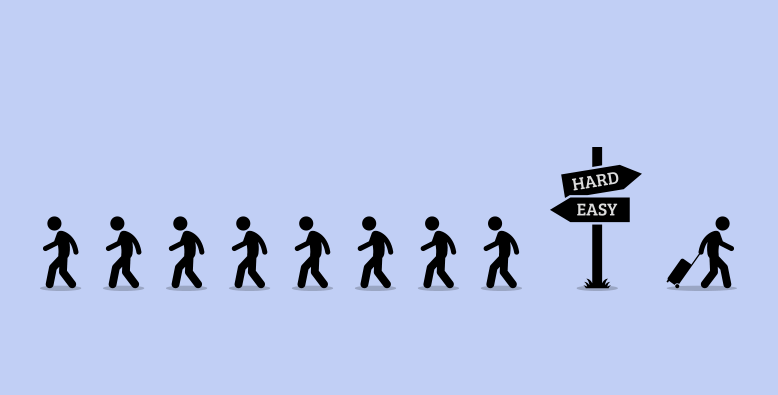
5. Do the Simplest Thing
Sometimes, no matter how many times and from whichever angle we evaluate conflicting priorities, it’s never clear which choice is the best or what matters the most.
Maybe your daughter’s baby shower is the very same day as your BFF’s 50th birthday party.
In these instances where the scales are equally balanced on both sides, you can’t expect a clear priority to emerge.
At these times, picking the simplest thing is a good way to go. If one commitment means flying across the country, and another is only an hour’s drive away, then just stay put.
Although you won’t arrive at perfect clarity about the right decision, at least this way you’re saving money and energy.
In sum, we’re constantly faced with dilemmas in which several things vie for the top spot on our to-do list. In order to navigate a path forward, it’s necessary to accept that tradeoffs are unavoidable.
From there, identifying the most important item among the conflicting to-dos is about understanding the impact of each choice.

Teams or Relationships With Conflicting Priorities
It’s easy to hit a wall right away when broaching certain topics with a significant other. Take finances, for example. It’s tricky to arrive at a consensus around priorities when one person is a spendthrift and the other a skinflint.
The same thing happens all the time at workplaces. When people approach the same project with a different set of priorities, collaboration is a constant struggle.
It’s tempting to skirt around these sorts of conflicts. Discussing them can easily become argumentative and acerbic.
However, having these discussions is critical to navigating a path forward. Here are four guidelines to arriving at a consensus when people have conflicting priorities.
1. Re-Spin it
When our needs are sidelined, whether at work or in a personal relationship, oftentimes our first inclination is to throw a fit. “No one understands me!” and “They never get any work done over there!” and “What are they thinking?” are common reactions.
In order to approach a conflict from a place of respect, however, it’s important to pay close attention to the narrative we’re telling ourselves.
Is it really accurate to play the victim? Or to assume the worst of others?
When the problem is framed in a way that presumes another’s best intentions, it’s possible to move forward. Mutual respect is a cornerstone to fluid communication.
2. Establish Clear Boundaries
A boundary clarifies what you are responsible for, and what another person is responsible for.
When a project isn’t being conducted or progressing as you think it should, it’s tempting to do whatever you can to maneuver things back on course.
However, this can easily lead to the violation of another person’s boundary or role. After that, the relationship quickly deteriorates.
Respecting boundaries allows everyone in a team or relationship to thrive.
By accepting that certain areas of an issue or project are out of your domain, it keeps your focus on the areas you can control.

3. Have an Open Conversation
Forming a healthy narrative and establishing clear boundaries is a good foundation from which to discuss conflicting priorities with another person.
When broaching the topic, it’s important to air your concern candidly, with full transparency. “We need the reports finished weekly: I’ve noticed they’ve been taking three weeks.”
These conversations are about listening, and an open question allows things to surface.
Oftentimes, another person sees the situation from an entirely different perspective: they may be dealing with some overwhelm, or their understanding of a job well done is quite different from yours.
It’s important to clarify your priority, however: “My understanding is this.”
A transparent conversation, free of any accusatory language, allows all of the issues and concerns to surface and hopefully needs are met.
4. Talk With a Third Party
When a team cannot resolve conflicting priorities on its own, the next step is to bring the concerns to the manager. Oftentimes, the manager may not realize they have communicated conflicting priorities.
While in this conversation, it’s important for everyone to establish what “done” looks like, so the whole team is working toward the same finish line.
In the case of personal relationships, discussing a conflicting priority with a third party is helpful as well. A mediator helps both sides achieve a clear understanding of the other’s point of view, and work toward a solution.
In sum, it’s really easy to back off or become defensive when conflicting priorities arise within teams and relationships. It’s a delicate tightrope to cross.
However, cautiously navigating these conflicts creates transparency.
Conflicts are part and parcel to any collaborative work environment. When issues are surfaced and discussed, it keeps things from festering.

The Path Ahead
Having three or four pots on the front burner is a sure recipe for getting burned.
Whether you’re working on your to-do list for the weekend, or juggling a project with your team, you don’t have to sink in the quagmire of conflicting priorities.
With the right approach, it’s possible to strike a balance.
Your priorities will look different from another’s, and so it’s about knowing yourself. Respecting another’s approach is integral to finding common ground.
When conflicting priorities are resolved, you’re able to move forward on a project with momentum and peace of mind. It creates space for curiosity and calm.
What is your go-to trick for handling conflicting priorities?








